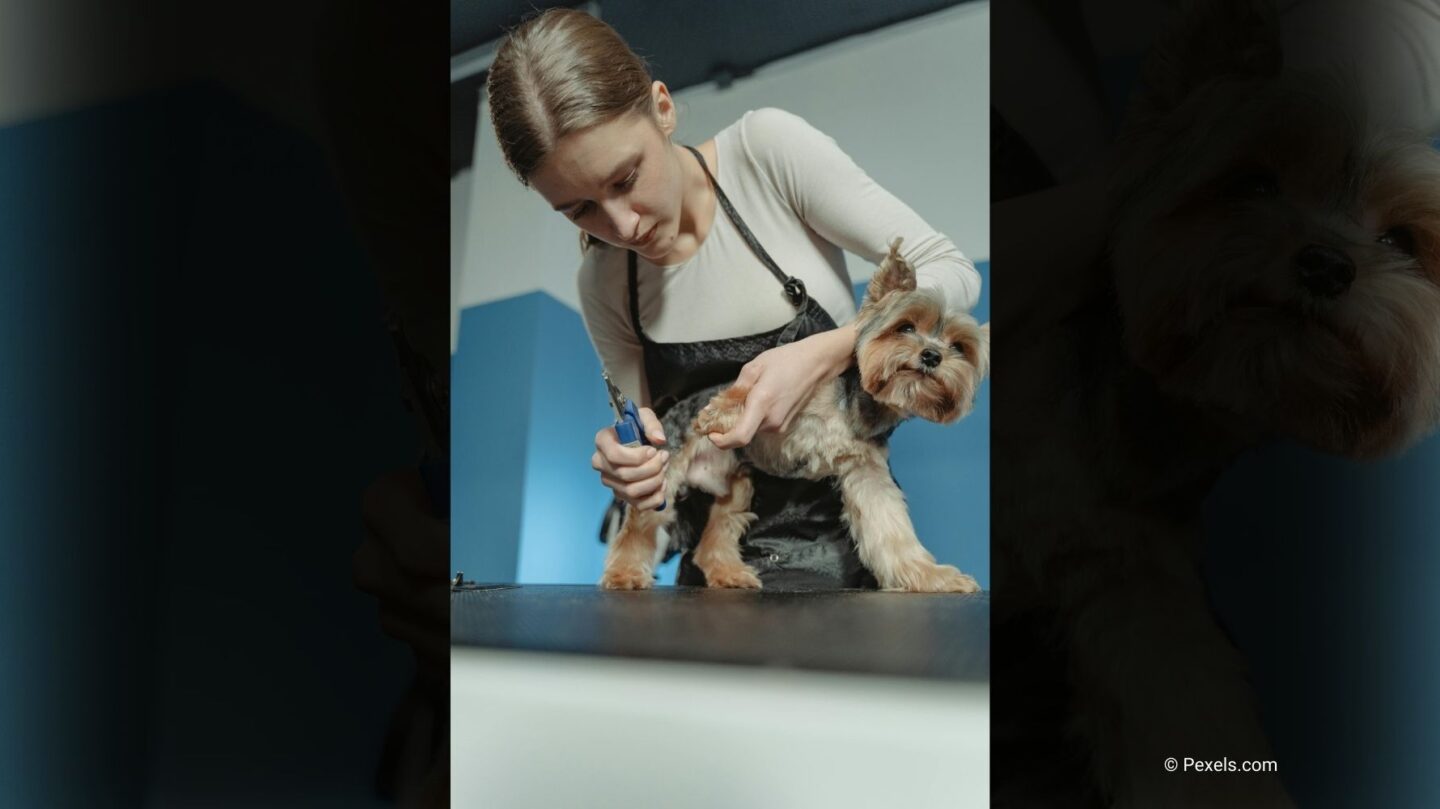Trimming your dog’s nails is a crucial aspect of pet care, ensuring their comfort and overall health. If you’re new to this task or want to improve your technique, this guide will help you understand everything you need to know.
Recognizing When It’s Time to Trim Your Dog’s Nails
Knowing when to trim your dog’s nails is essential. Long nails can cause discomfort or even health issues for your furry friend. A good rule of thumb is to check if your dog’s nails touch the ground when they stand. Clicking sounds on hard surfaces are another indicator that it’s time for a trim.
Additionally, dogs with active outdoor lifestyles may naturally wear down their nails, requiring less frequent trims. However, for indoor dogs or those with limited physical activity, regular inspections are necessary to determine the right timing.
Essential Tools and Supplies for Nail Trimming
Before you start, gather the necessary tools and supplies to make the process smoother and safer for your dog:
- Nail Clippers: Choose the right size and type for your dog, such as guillotine clippers, scissor-style clippers, or grinders.
- Styptic Powder: To quickly stop bleeding in case you cut the nail too short.
- Nail File: Useful for smoothing rough edges after clipping.
- Treats: To reward and calm your dog during the process.
- Towel or Blanket: For additional grip or restraint if needed.
Having these items ready ensures a stress-free experience for both you and your pet.
Trimming Different Types of Dog Nails at Home
Dog nails vary in size, color, and thickness, so the trimming method may differ. Here are some tips for various types:
- Light-Colored Nails: These are the easiest to trim since you can see the quick (the sensitive pink area inside the nail). Cut just below the quick to avoid bleeding.
- Dark-Colored Nails: Take small cuts at a time, inspecting the nail’s cross-section for a dark circle, which indicates you are nearing the quick.
- Thick Nails: Use heavy-duty clippers or a grinder to handle thicker nails effectively.
Always ensure your dog is calm and comfortable before starting, and take breaks if necessary to avoid stress.
Frequently Asked Questions About Dog Nail Trimming
If you have questions about trimming your dog’s nails, here are some common concerns:
- What if I cut the quick? Don’t panic! Apply styptic powder to the nail to stop the bleeding immediately. Comfort your dog and allow them time to recover before continuing.
- Can I use human nail clippers? Human clippers are not suitable for dogs and may cause splitting or uneven cuts. Always use tools designed for pets.
- How can I make my dog cooperate? Use treats, positive reinforcement, and take it slow. Gradual desensitization to the tools can help as well.
How Often Should You Trim Your Dog’s Nails?
The frequency of nail trims depends on your dog’s activity level and nail growth rate. Generally, trims are needed every 3-4 weeks. Active dogs may need less frequent trims, while older or less active dogs may require more regular attention.
Monitor your dog’s nails regularly and establish a routine that suits their individual needs.
Consequences of Neglecting Nail Trimming
Failing to trim your dog’s nails can lead to various issues, such as:
- Discomfort: Overgrown nails can cause pain while walking.
- Injury: Nails may break or split, causing bleeding and infection.
- Joint Problems: Long nails can alter a dog’s posture, leading to joint stress and potential arthritis.
Regular trims are essential for preventing these problems and ensuring your pet’s well-being.
Summary: Mastering Dog Nail Trimming
Trimming your dog’s nails may seem daunting at first, but with the right tools, knowledge, and patience, it becomes a manageable task. Regular maintenance prevents discomfort and health issues, keeping your furry friend happy and healthy. By following these tips and establishing a routine, you can confidently take care of your dog’s nail care needs.
